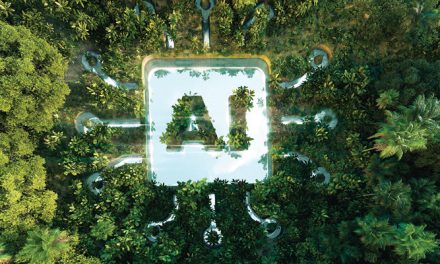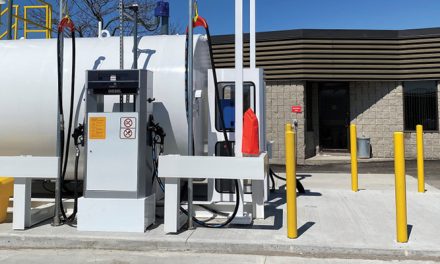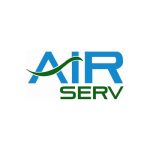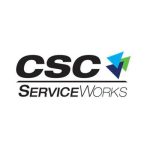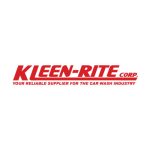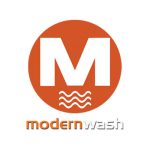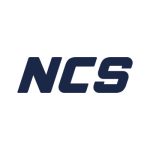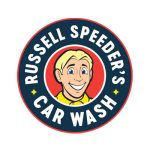
See The Light With Fibrelite Composite Manhole Covers
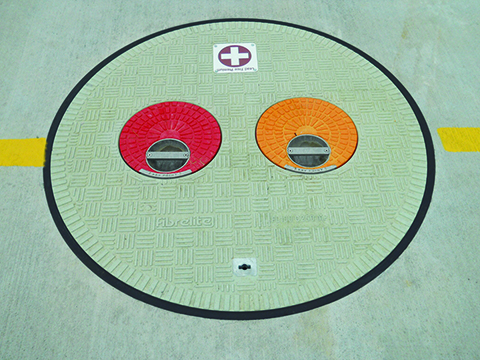
By Ed Kammerer
EVEN IN IDEAL CLIMACTIC CONDITIONS, THESE GUARDIANS OF ACCESS TO YOUR FUELING SYSTEM’S UNDERGROUND STORAGE TANKS (USTS), CONTAINMENT SUMPS AND MONITORING WELLS ARE SUSCEPTIBLE TO A WIDE RANGE OF DAILY ABUSE.
Canada’s long, dark winter has finally and mercifully come to an end and things are starting to look up: returning birds are flying by overhead, leaves are beginning to reappear on the trees and the sun is hanging around in the sky a little longer every day.
If you are the owner or operator of a retail-fueling business, while these are welcome and long-awaited developments, it is also time to take stock of what you see when you look down. For the first time in months, the forecourt surface is not covered with a layer or snow, ice, road salt and winter grime, so take a gander at the manhole covers that dot the forecourt.
Even in ideal climactic conditions, these guardians of access to your fueling system’s underground storage tanks (USTs), containment sumps and monitoring wells are susceptible to a wide range of daily abuse. Most obvious is the passage of vehicles of all shapes and sizes – from sports cars to school buses and delivery trucks – over their surface. In the winter, snowplow blades can cause dog-earing of manhole skirts and mounting frames, abuse that can compromise sealing integrity and potentially result in harmful water intrusion into the UST system. All of these various types of load imbalances can lead to broken or missing bolts, cracks or holes in the cover or skirt, and excessive deflection. At the other end of the abuse spectrum, manhole covers that feature a balsa-wood core may swell, which can make getting access to the tank sump extremely difficult.
While they are susceptible to unavoidable ill treatment, the site’s manhole covers must be able to complete the critical task that they are asked to perform: provide quick and easy access to the equipment that allows USTs to be loaded and serviced while preventing the intrusion of any foreign matter, from rainwater and ice to dirt and debris, that can affect the fueling system from performing reliably and safely.
While steel manhole covers have performed this assigned task admirably over the years, they do have several operational shortcomings. Specifically, after many years of absorbing the weight of passing vehicles, they can become bowl-shaped, allowing water to pool on their surface. Steel will also expand or contract as the atmospheric temperature rises or falls, which can also lead to bowing of the cover, undermining its sealing ability.
To overcome the many environmental and usage challenges and variables that can reduce the ability of steel manhole covers to perform as required, manufacturers have looked beyond traditional steel to new fiberglass-composite construction materials as a solution. The result is a new class of manhole covers that are watertight, lightweight, corrosion-free and immune to the deflection that can lead to bowing.
Covering Your Bases
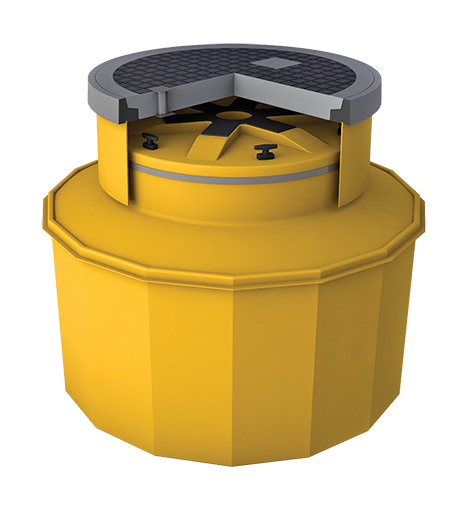 OPW Retail Fueling, Smithfield, NC, has taken the lead in the development of composite manhole covers that can unquestionably outperform traditional steel manhole-cover technology. The standard-setter in the composite-manhole category is the Fibrelite Manhole Cover Assembly. OPW acquired the Fibrelite brand in 2013, which, at the time, was the retail-fueling industry’s first fiberglass-composite manhole covers and today remains the industry’s only certifiably watertight access cover.
OPW Retail Fueling, Smithfield, NC, has taken the lead in the development of composite manhole covers that can unquestionably outperform traditional steel manhole-cover technology. The standard-setter in the composite-manhole category is the Fibrelite Manhole Cover Assembly. OPW acquired the Fibrelite brand in 2013, which, at the time, was the retail-fueling industry’s first fiberglass-composite manhole covers and today remains the industry’s only certifiably watertight access cover.
In addition to being watertight, Fibrelite manhole covers are lighter than steel covers, making it ergonomically possible for a single person to remove and replace the cover with the aid of the Fibrelite lifting handle. Other advantages of the cover’s fiberglass-composite materials of construction are that they are UV-resistant; anti-corrosion; have a non-slip surface; require no bolts for their installation; have an internal I-beam construction that ensures zero deflection; and feature a monolithic design that eliminates the risk of delamination occurring.
The Fibrelite covers come in 12-, 18-, 24-, 30-, 36- and 40-inch sizes with compatible mounting frames and skirts, and round, square or rectangular shapes in any color with locks available for all models. Heavy-duty versions are available for use at truck stops, bus depots and industrial sites that feature heavy machinery.
OPW also offers two other models of composite manhole covers: the Matador, which is the lightest cover in the industry and is available in 37- and 42-inch sizes, and the Conquistador™ Plus, which offer three mounting options that help ensure user-friendly convenience and long-lasting performance.
Conclusion
If you’re still relying on traditional steel manhole covers on your forecourt, it might be time to assess their performance and consider a switch to the newer fiberglass-composite models that are now available. Specifically, OPW’s Fibrelite Manhole Cover Assembly uses the benefits of fiberglass-composite technology to become a cover that can withstand the ravages of time, temperature and abuse while providing and maintaining a watertight seal that will result in longer service life, improved reliability and a best-in-class ability to prevent the water intrusion that can adversely affect the overall performance of a service station’s fueling operation.
Ed Kammerer is the director of global product management for OPW, based in Cincinnati, OH, USA. He can be reached at ed.kammerer@opwglobal.com.







